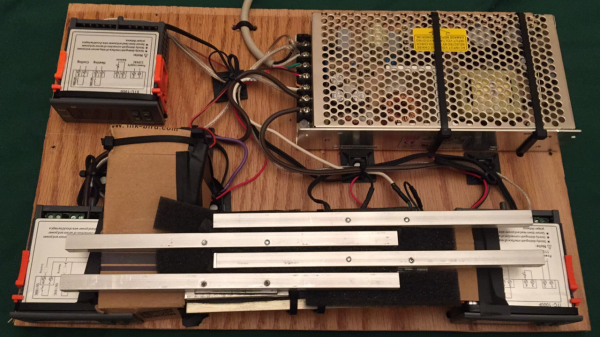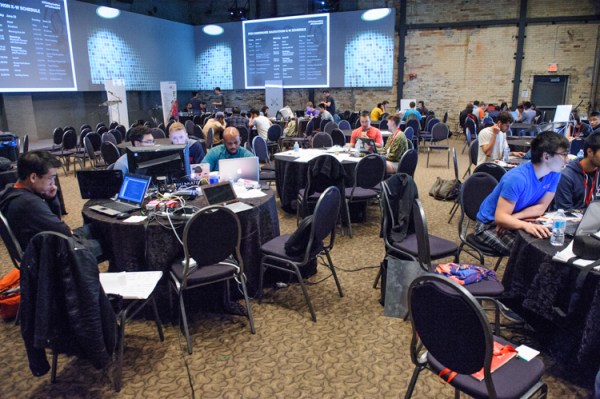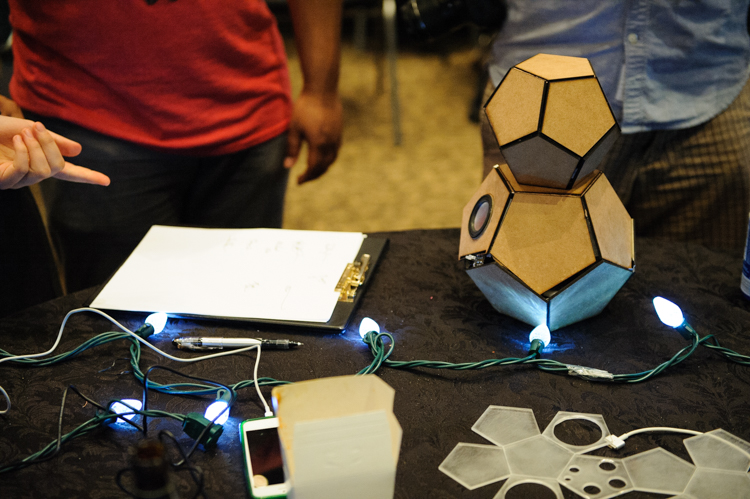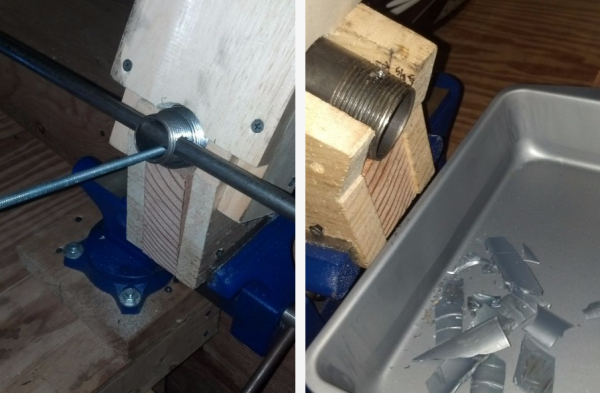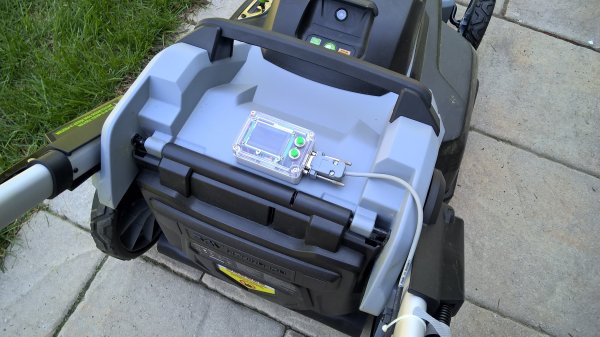In the cult classic Dune, there’s this fictional device called the “Pain Box”. If you touch it, you’ll feel like your hand is burning, but in reality, no tissue is being damaged. In the real world this is called the Thermal Grill Illusion, which was discovered back in 1896. Much to our chagrin, [Adam Davis] has just finished building a working prototype.
Sound familiar? We covered a similar project a few months ago — but unfortunately it didn’t work very well. Luckily, and boy do we love it when this happens, [Adam] saw the post, and got inspired to try it himself. He had actually designed a system years back but never got around to building it. Upon seeing the post — and the difficulties in making it work — he just had to figure it out.
So how does it work? The Thermal Grill Illusion uses alternating warm and cool bars which stimulate the temperature receptors in your skin — and confuse them. Neither the warm or cool bars are extreme enough in temperature to do any harm, but your confused little temperature receptors make it feel like you’re either burning or freezing your skin off!
Continue reading “Your Brain Thinks Its Burning You, But It’s Not”

